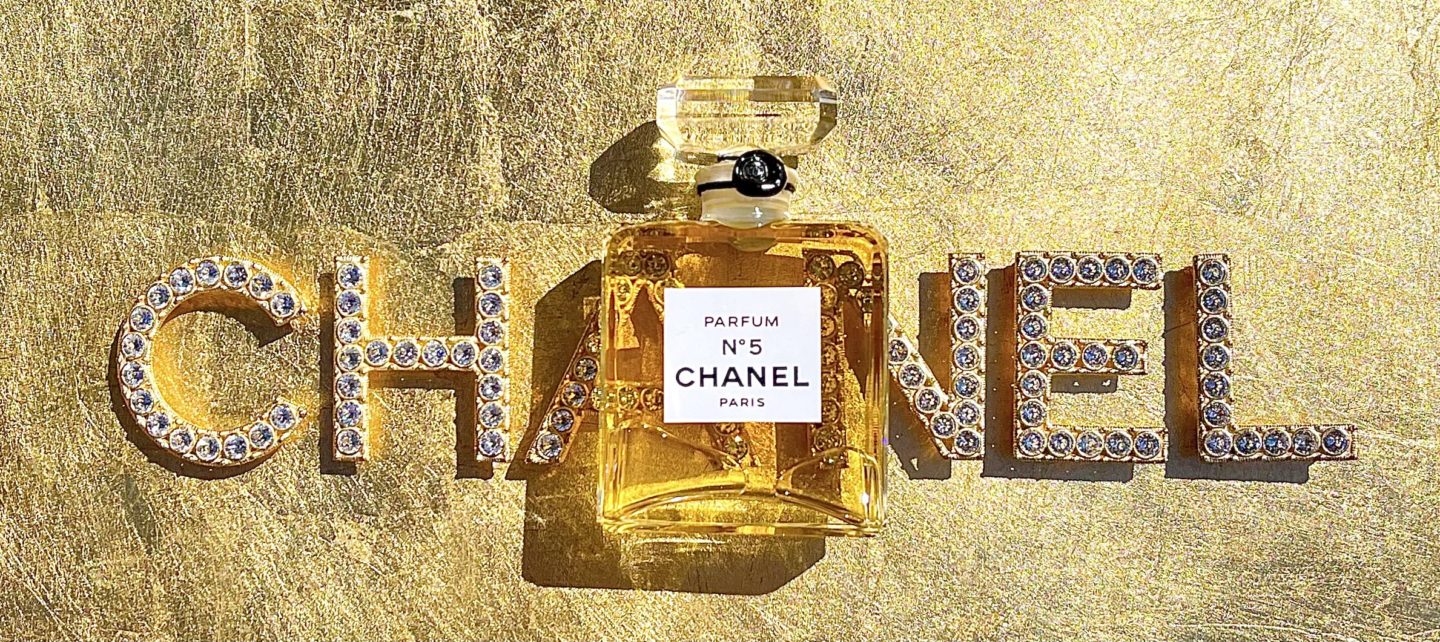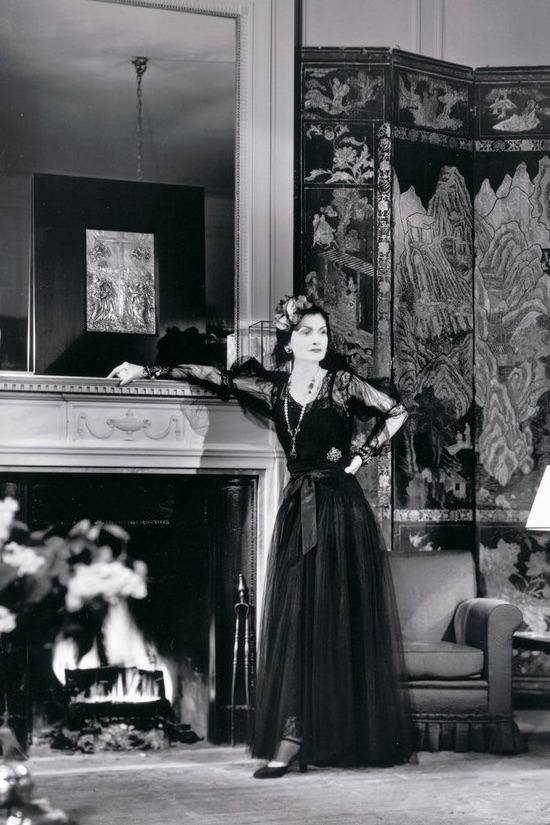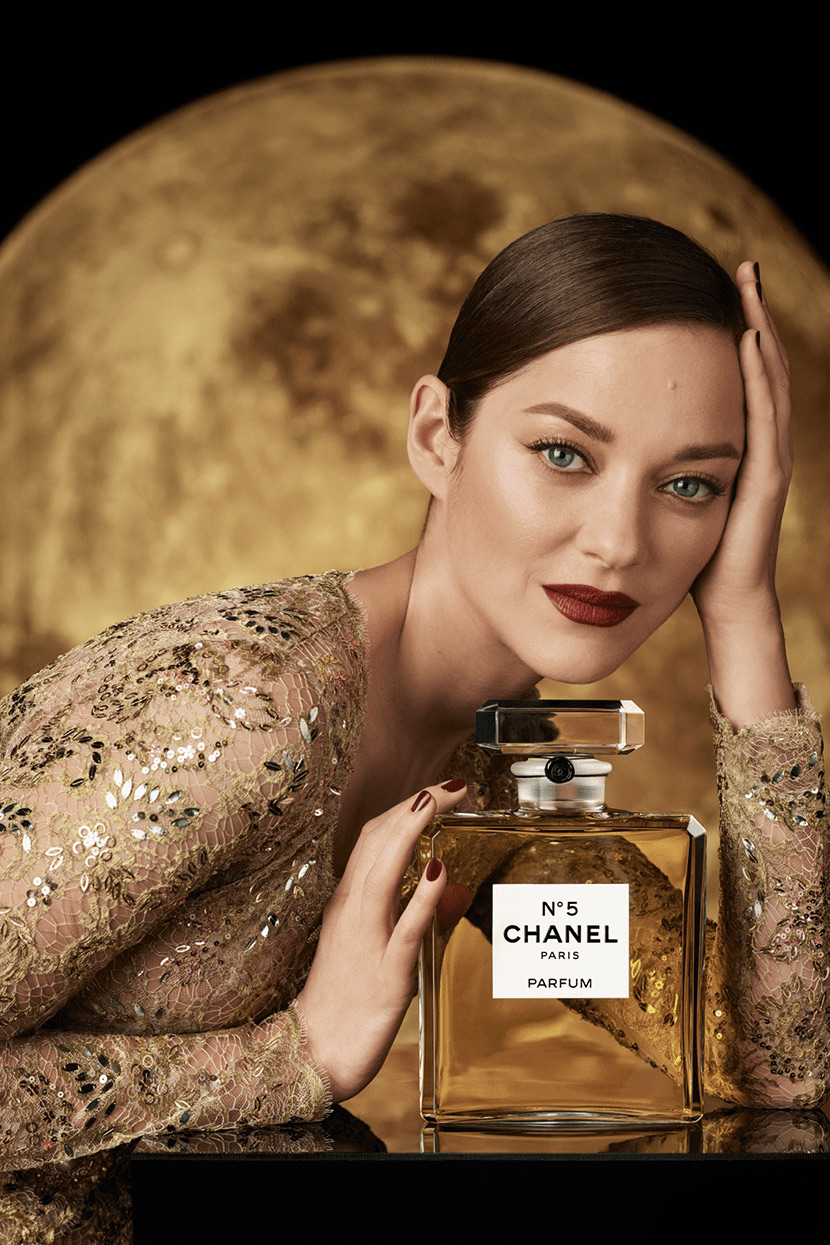
The essence of a thousand handpicked jasmine flowers, a dozen Rose de Mai from Grasse and a heaping dose of aldehydes suspended beneath a diamond cut glass stopper wound and knotted in black silk thread under a wax seal stamped with CHANEL’s iconic double-C logo, finished with a black sans serif text emblazoned white label bearing the number “5”. This is CHANEL N°5 – the ‘scent of a woman’, the bestseller, the icon, and today, the centenarian.
Released this day in 1921, few fragrances have cast a longer shadow on perfumery, and even fewer are still revered quite to the degree of CHANEL N°5. Pure, austere and abstract, deliberately composed of only the most expensive materials, N°5 changed the course of modern perfumery. At a time when Guerlain, Caron and Yardley et. al were releasing heavy, single-note florals in over-decorated crystal flacons, N°5 was different – it was groundbreaking. Of course, it contained flowers, notably jasmine and rose, but the inclusion of synthesised aldehydes atop a mélange of some 80 other materials – including lemon, bergamot, ylang-ylang, musk, vetiver and sandalwood – made for a perfume that remains to this day nearly impossible to deconstruct into its constituent parts. N°5 broke the mould; it was the first ever abstract perfume; the first to employ aldehydes, among other synthetic materials; and the first to bear the name of a fashion designer, much less a female one.
The genesis of N°5 is the stuff of perfumery folklore. Having made a home for herself on the French Riviera with the Grand Duke Dimitri Pavlovich, her lover of the time, it was here in late 1920 that Pavlovich introduced Gabrielle Chanel to his friend and fellow Russian émigré, Ernest Beaux, the perfumer who would go on to create the iconic N°5 for CHANEL. In Beaux, Chanel entrusted him to create for her “un parfum de femme, à odeur de femme” without care for cost, but rather individuality and modernity. Later presenting to her a batch of nine samples he hoped might meet her brief for a perfume that ‘smelled of a woman’, Chanel went on to choose the 5th sample as that she would release as her first perfume. Made available for purchase in her Rue Cambon boutique on May 05, 1921, the rest, literally, is fragrance history.
Faced in advertising campaigns first by Gabrielle Chanel in 1937 for Harper’s Bazaar, and later celebrity ambassadors including Suzy Parker in a white ballgown; the coquettish Ali MacGraw; Catherine Deneuve, photographed by Helmut Newton in an androgynous black suit; Nicole Kidman, diaphanous in pink chiffon; and most recently, the celestial Marion Cotillard for its centenary year. Worn by first ladies and royalty, and famously by Marilyn Monroe sans clothes to bed. Immortilised forever in pop culture by Andy Warhol. No perfume can claim a history as illustrious as N°5. A global phenomenon almost from the outset, CHANEL N°5 is a heady concoction of art, sensuality and dazzling entrepreneurship; one that is today available in a number of incarnations.
Extrait de Parfum (1921, Ernest Beaux) – The clearest example of N°5’s intended abstraction, the Parfum is stunning not only in the second-to-none quality of its ingredients, but also how it wears: chic without any hint at haughtiness; abundant, but not domineering; complex without being overembellished. Scintillating beneath an overdose of the aliphatic aldehydes that lend an intense bright white sparkle more reminiscent of diamonds in the sun or champagne bubbles on the tongue than anything olfactic, the Parfum hides within its effervescent abstraction a precious bouquet of the most sumptuous florals – heady jasmine picked from CHANEL’s own mountainside fields, sultry yellow-green ylang-ylang, honeyed Grasse rose, and too-delicate-to-touch iris. Although this initial impression is vivid and luminous, particularly so with the added brightness of neroli and bergamot, the Parfum grows denser, darker, more intimate as a surprising coumarin flourish matched in tenacity only by Haitian vetiver envelopes the rich base of creamy sandalwood, radiantly ambered vanilla, and synthesised musks and oakmoss. The original, the genesis, Ernest Beaux’s own tour de force, and my personal favourite concentration of N°5.
Eau de Toilette (1952, Henri Robert) – Previously only available in Extrait de Parfum concentration, Beaux rebalanced his formula in the ‘30s to create for the American market an Eau de Cologne similar in character to the Parfum, now better suited to the ‘splashing’ style of application preferred by the Americans. By the ‘50s though, the way perfume was being worn had once again changed; an increasingly affluent American middle class now differentiated daytime perfumes from those reserved for the night-time or special occasions, and N°5 fell into the latter category for most. In response, new in-house perfumer Henri Robert created a lighter, fresher, and importantly, more affordable version of N°5 in 1952. Considerably more vivacious in personality than the demur Parfum, lower in concentration too, the Eau de Toilette mutes the iconic N°5 floral bouquet, filling the void with rosy peach skin fuzz, spring-fresh lily-of-the-valley, violet and hyacinth, and sandwiches it between a soapier aldehydic opening and a lighter woods base. To some, the luminous Eau de Toilette is the most recognisable incarnation of N°5, to the author though, it feels the most antiquated.
Eau de Parfum (1986, Jacques Polge) – The heady, highflying ‘80s again saw the introduction of new N°5, this time an Eau de Parfum by new (though well established by 1986) in-house perfumer Jacques Polge. Marketed as a modern version of N°5, the Eau de Parfum offers a punchier, heavily wooded variation of the N°5 DNA. More akin to the Parfum than the Eau de Toilette, Polge here rebalanced the scales in favour of sandalwood over all else. Aldehydic, though to a lesser degree in the opening than its predecessors, the opening gives way to a heart of jasmine, ylang-ylang, and rose now enriched by a heaping dose of buttery soft orris and equally creamy sandalwood. Gone are the musks and vetiver, their depth isn’t required in this already woodier composition. The boldest example of N°5, and arguably its most unisex iteration, this is Beaux’s classic dressed in shoulder pads.
Eau Première (2007, Jacques Polge) – Blow away much of the aldehydic top and woody base notes of the Eau de Parfum and you’d have something that resembles Eau Première. Lighter, airier with a noticeable citrus presence in the top, Eau Première champions the floralcy of N°5 with a bouquet of sunlit jasmine, positively sultry ylang-ylang, neroli and jam-sweet rose, seemingly wearing above, not so much a part of the here softer aldehydic opening and gentler, more iris powder focused sandalwood-vanilla base. The least recognisable variation of N°5, Eau Première might just be the N°5 for those that N°5 has never appealed.
L’eau (2016, Olivier Polge) – The work of next generation in-house perfumer Olivier Polge, son of Jacques Polge, L’eau takes a definitely youthful approach to the N°5 DNA, even facing it with the cherubesque 17-year-old Lily Rose Depp when it launched in 2016. Brighter, cleaner, lighter; L’eau is N°5 for warm days spent out of doors, or when the Eau de Parfum might be that bit too grand. Citrus replaces the “soapy” aldehydes, the jasmine has been cleaned up of indoles, and the scent as a whole is more radiant. Like the aldehydes in the opening, also gone are the woods in the base, replaced mostly by fluffy white musks. For a perfume marketed towards young women, L’eau fits the bill perfectly; it carries all of the sophistication we expect of CHANEL but juxtaposes it with a sense of lightheartness and joie de vivre that had until now been the purview of Cristalle Eau Verte and Coco Mademoiselle.
Today, 100 years young, its iconic status not only cemented but reaffirmed time and again by successive milestones and generations of wearer, CHANEL N°5 is as relevant to modern perfumery as it was in 1921. Just as Gabrielle Chanel intended, the scent of a woman still rings true a century later; her perfume is one of timelessness, of elegance, and luxury.
CHANEL N°5 is available at www.chanel.com, CHANEL Beauté boutiques, MYER and David Jones stores.



Beautifully written, thank you! I wonder if there is or will be a limited anniversary edition?
Author
Thanks, Ingrid! And yes! There is a whole limited anniversary collection coming, but not until later in the year. I guess that has something to do with the timing of other releases (i.e. Le Lion and Paris-Edimbourg) and the latest runway show which also takes place on the 05/05 each year. Think keepsake packaging and novelty scented products 😉
Beautifully written… I feel they should have done more to celebrate No °5 ‘s Birthday.
Simply the best! Better than all the rest.